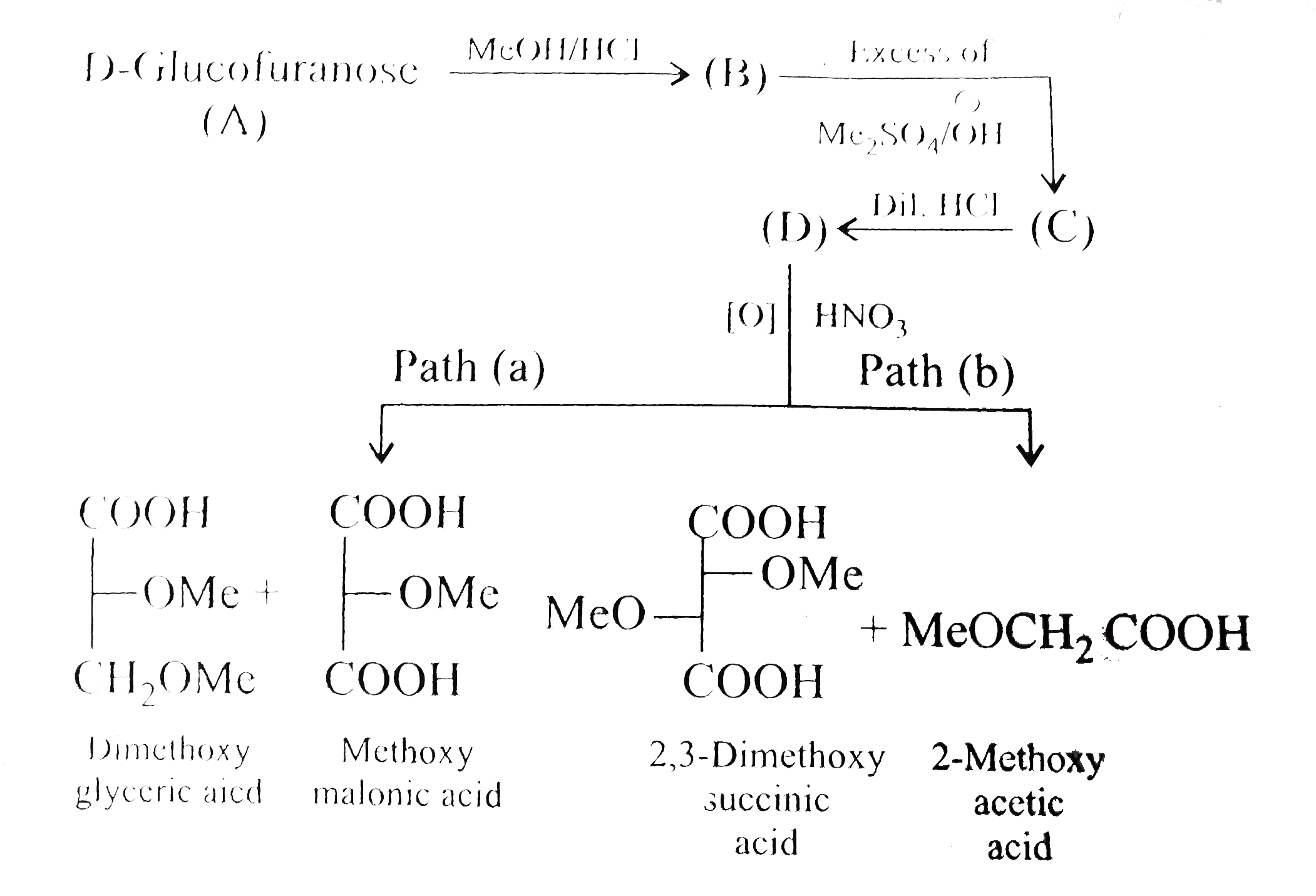Which statements is//are correct?
Compared to a strong acid, a weak acid titration with base starts at a higher .
Compared to a strong base, a weak base titration ends at a lower .
In both (a) and (b) titration curve is shortened at each end.
For titration of a weak base, the neraly vertical portion of the curve would be insufficient for an effective titration.
The correct Answer is:A, B, C, D
To determine which statements are correct regarding the titration of acids and bases, we will analyze each statement step by step.
1. Understanding Titration Curves:
- Titration curves show how the pH of a solution changes as a titrant (acid or base) is added.
- Strong acids and bases dissociate completely in solution, while weak acids and bases do not.
2. Statement 1: "Compared to a strong acid, a weak acid titration with base starts at a higher pH."
- Analysis:
- A strong acid, like HCl, will have a low initial pH (around 1-2) because it completely dissociates.
- A weak acid, like acetic acid, will have a higher initial pH (around 3-4) because it does not dissociate completely.
- Conclusion: This statement is true.
3. Statement 2: "Compared to a strong base, a weak base titration ends at lower pH."
- Analysis:
- A strong base, like NaOH, will have a high final pH (around 13-14) because it completely dissociates.
- A weak base, like ammonia, will have a lower final pH (around 10-11) because it does not dissociate completely.
- Conclusion: This statement is true.
4. Statement 3: "Both A and B titration curves are shortened at each end."
- Analysis:
- The titration curves for both strong and weak acids/bases do show a more gradual change at the beginning and end, indicating that the pH does not change as rapidly as in the middle of the titration.
- Conclusion: This statement is true.
5. Statement 4: "For titration of weak base, the nearly vertical position of the curve would be insufficient for an effective titration."
- Analysis:
- A nearly vertical position in a titration curve indicates a sharp change in pH, which is effective for determining the endpoint of a titration.
- Therefore, a nearly vertical position would actually be sufficient for effective titration.
- Conclusion: This statement is false.
Final Conclusion:
- Statements 1, 2, and 3 are correct.
- Statement 4 is incorrect.
- Titration curves show how the pH of a solution changes as a titrant (acid or base) is added.
- Strong acids and bases dissociate completely in solution, while weak acids and bases do not.
- Analysis:
- A strong acid, like HCl, will have a low initial pH (around 1-2) because it completely dissociates.
- A weak acid, like acetic acid, will have a higher initial pH (around 3-4) because it does not dissociate completely.
- Conclusion: This statement is true.
- Analysis:
- A strong base, like NaOH, will have a high final pH (around 13-14) because it completely dissociates.
- A weak base, like ammonia, will have a lower final pH (around 10-11) because it does not dissociate completely.
- Conclusion: This statement is true.
- Analysis:
- The titration curves for both strong and weak acids/bases do show a more gradual change at the beginning and end, indicating that the pH does not change as rapidly as in the middle of the titration.
- Conclusion: This statement is true.
- Analysis:
- A nearly vertical position in a titration curve indicates a sharp change in pH, which is effective for determining the endpoint of a titration.
- Therefore, a nearly vertical position would actually be sufficient for effective titration.
- Conclusion: This statement is false.
- Statements 1, 2, and 3 are correct.
- Statement 4 is incorrect.
Topper's Solved these Questions
- IONIC EQUILIBRIUMBOOK - CENGAGE CHEMISTRY ENGLISHCHAPTER - IONIC EQUILIBRIUMEXERCISE - Exercises Single Correct
121 Videos
- IONIC EQUILIBRIUMBOOK - CENGAGE CHEMISTRY ENGLISHCHAPTER - IONIC EQUILIBRIUMEXERCISE - Exercises Assertion-Reasoning
36 Videos
- IONIC EQUILIBRIUMBOOK - CENGAGE CHEMISTRY ENGLISHCHAPTER - IONIC EQUILIBRIUMEXERCISE - Exercises Linked Comprehension
45 Videos
- HYDROGEN, WATER AND HYDROGEN PEROXIDEBOOK - CENGAGE CHEMISTRY ENGLISHCHAPTER - HYDROGEN, WATER AND HYDROGEN PEROXIDEEXERCISE - Subjective Archive (Subjective)
3 Videos
- ISOMERISMBOOK - CENGAGE CHEMISTRY ENGLISHCHAPTER - ISOMERISMEXERCISE - Assertion-Reasoning Type
1 Videos
Similar Questions
Which statement/s is/are correct?
View SolutionWhich statement is/are correct:
View SolutionWhich statement is/are correct.
View SolutionWhich statement is / are correct about hydrogen spectrum?
View SolutionWhich statement(s) is/are correct
View SolutionWhich statement(s) is/are correct?
View Solution
Which statement(s) is/are correct?
View SolutionWhich statement is /are correct about cyclohexene and cyclodecene?
View SolutionWhich statement (s) is /are correct ?
View Solution
Which statement(S) is/are correct about (A)?
View Solution
